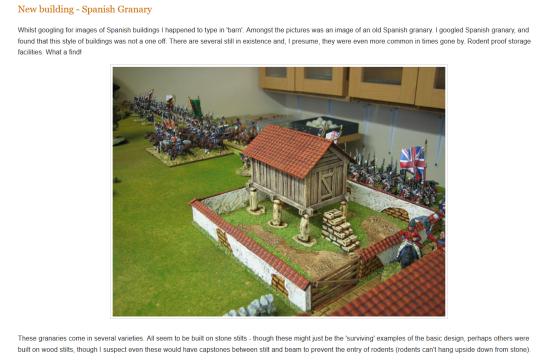Jerusalem fell to the Crusaders on 15 July 1099, after a five-week siege.

Jerusalem was held by an Egyptian garrison. The garrison of Jerusalem improved their defenses before the Crusader army arrived. This included the building of a barbican in front of the wall, and to the north of the city walls.

The Crusader army set up north of Jerusalem, because the east, south, and western sides of Jerusalem are surrounded by the Kidron and Hinnon valleys. The Flemish force faced Damascus Gate, and the Norman force deployed to the west of the Flemish force. Tanered deployed on the northwest side of Jerusalem, near Goliath's Tower. The Provencial unit deployed between Goliath's Tower and the Tower of David. (The Provencial unit later moved to Mount Zion, where the ground is more favorable to an assaulting force.)



The first assault upon Jerusalem resulted only in the taking of the barbican. This assault failed due to a lack of preparation for a siege by the Crusaders (only one ladder was present!). The defenders had devastated the area around Jerusalem, leaving no wood or food nearby. This hindered the Crusaders in building siege weapons and conducting a proper siege. Water was also scarce and had to be brought in from a good distance.
The second assault took place when the Crusaders had built siege weapons. Mangonels and archers provided covering fire during this assault. Three siege towers were built, and were stationed at critical points around the city. One siege tower was on Mount Zion. (This tower was destroyed in the fighting.) Two towers were placed against the northern wall - one at Goliath's Tower, and another at the northeast corner of the walls. (These siege towers were damaged on the first day.)


The second day of the assault saw the wall breached on the northeast corner, and Godfrey de Bouillon gained possession of the walls in this area. Tancred seized Goliath's Tower in the northwest corner. Raymond of St Gilles was unable to gain entrance to the city until evening. The city defenders fled to the Temple Mount and the Tower of David. The defenders at the Temple Mount were attacked and defeated. The Tower of David surrendered to the Crusaders.











